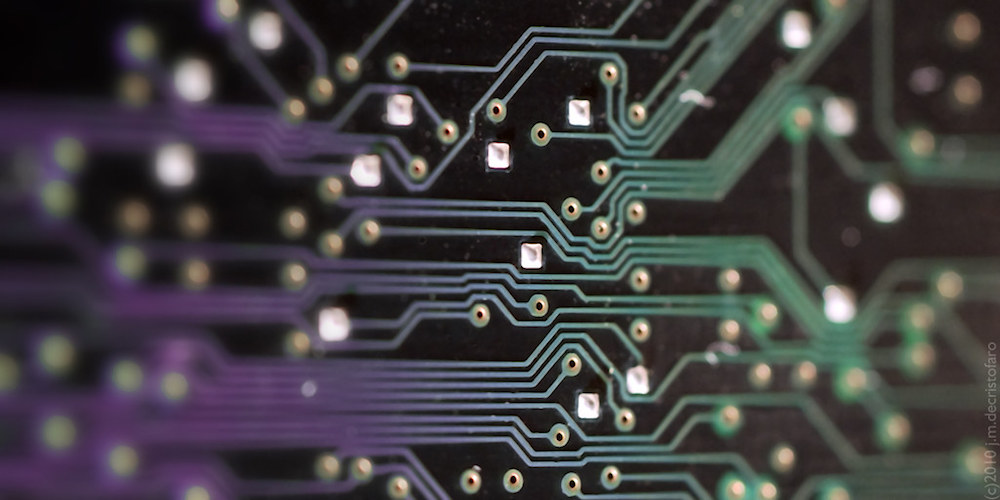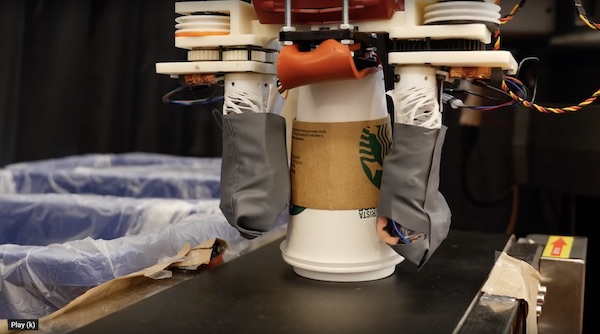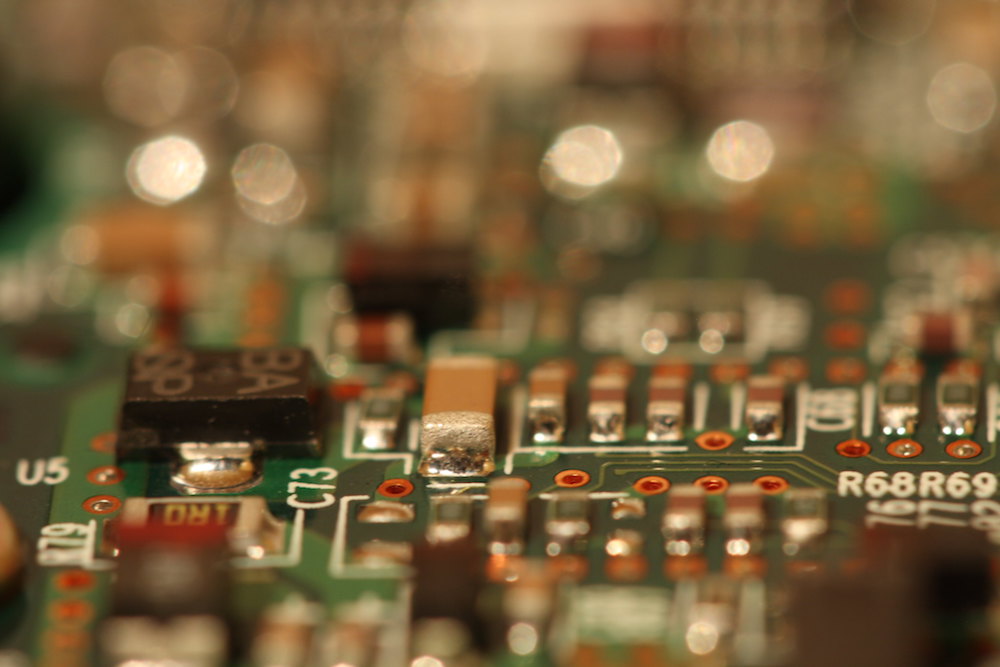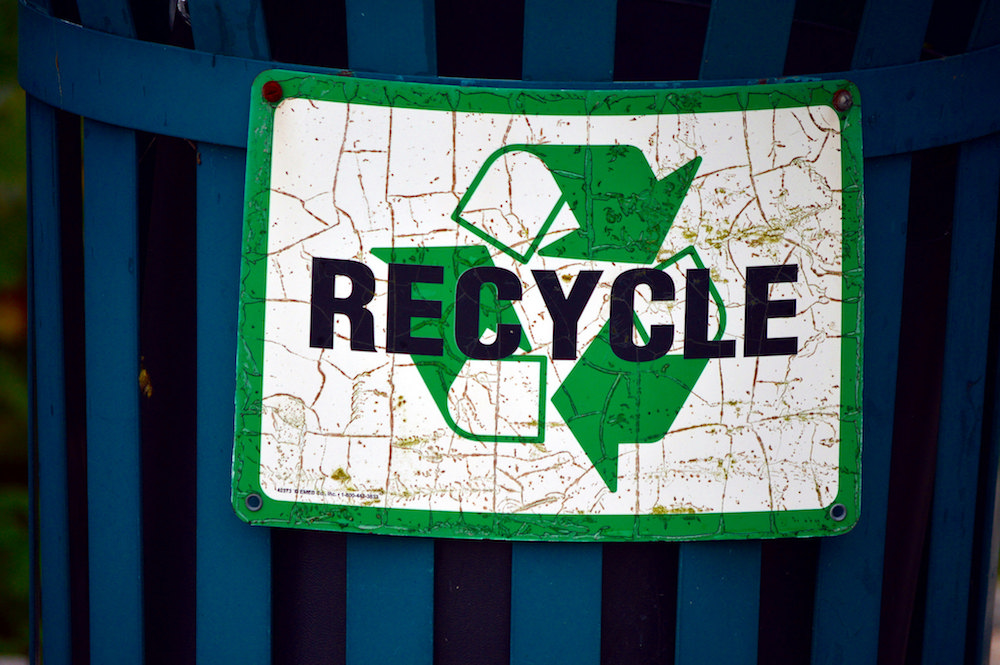The smartphone industry is often considered to have an increasingly negative impact on the environment. But an opposing argument that smartphones are the heroes, rather than villains, of this story exists as well. How could that be?
Read MoreRecent research may enable integration of boron nitride into next-gen electronics. Researchers have proven boron nitride’s high thermal conductivity and integrated the material into a flexible yet efficient nanocomposite.
Read MoreBy controlling the emission states of europium ions in doped gallium nitride, scientists found they can emit various colors of light from a single LED.
Read MoreResearchers at MIT developed a robot that can effectively separate mixed recyclable materials, using two flexible silicone “hands” to feel the difference between paper, metal, and plastic.
Read MoreThe market for multilayer ceramic capacitors is ballooning with the rise of connected devices in our homes, automobiles, and pockets—but supply is not keeping pace with demand.
Read MoreWith a plummeting public opinion of plastic, shifting consumer preferences and new initiatives designed to reduce waste may offer some interesting possibilities for glass packaging.
Read MoreAlthough 91 percent of the plastics discarded on this planet have never been recycled, the materials recycling status of glass has to be better…right? A daunting look at the current state of recycling.
Read MoreResearchers developed a multifunctional bioactive glass scaffold that can simultaneously prevent infection, stimulate bone repair, and prompt the body to heal supportive tissues—an intriguing possible all-in-one solution to heal diseased bone.
Read MoreResearchers at University of Maryland reported they developed a carbon-nanotube-coated fabric that is the first of its kind to seamlessly transition between keeping you warm in the cold and cool in the heat—by automatically reacting to body physiology.
Read More- « Previous
- 1
- 2
- 3
- 4









